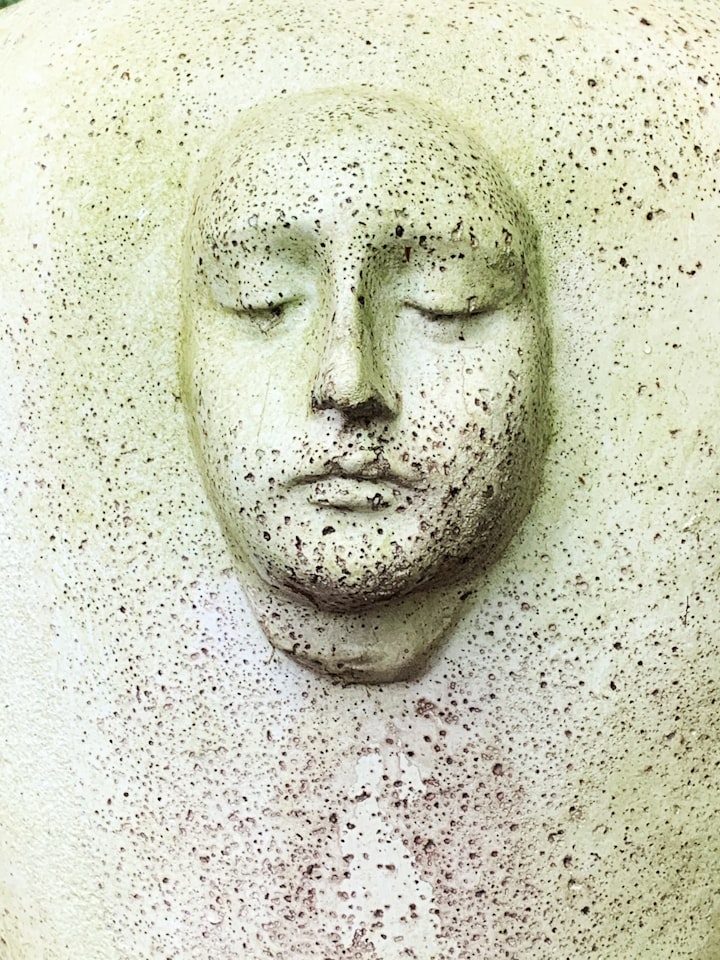9 tips to treat trauma in your practice and help your patients
These are the key ideas on which trauma psychotherapy is based.
The American Psychological Association states that trauma is an emotional response to an event that the person perceives as highly stressful. In most cases, it is an event that, who experiences it, interprets it as a stimulus that puts her life or integrity at risk.
Patients who have faced a traumatic event suffer great emotional pain and live "partially", as if in a state of numbness. They feel drained from the sheer amount of energy they use every day trying to be functional while dealing with a state of supreme pain that seems incessant.
Understanding the trauma
Some characteristics of trauma that should be considered when caring for a patient who has suffered it are the following.
The human being is resilient , this means that our natural condition is inclined towards recovery and not towards fragility.
Traumatic experiences take place in a specific time and context. However, the experience is made up of several fragments of reality that form the integral perception of the stressful moment . For this reason, the analysis requires greater care and attention to those fragments that make up the whole environment.

In most cases, the patient defines himself based on the traumatic event . “I am the before and after of that event.” It is very important to separate the identity of the patient from the traumatic experience, since the person is much more than an event.
Various investigations over time show that the perception of events is subjective and it is this perception that feeds the trauma more than the event itself . The patient's perception of the event directly affects her emotions. Although an event cannot be changed, it is possible to change how the patient perceives it and it is important to accompany and guide him in this process.
A direct consequence of trauma is that it causes a tangle of negative emotions that keeps the patient feeling that they will never be able to overcome the pain.
Tips for Addressing Trauma in Therapy
For better or for worse, stressful events are a reality and although we cannot be prepared not to suffer when they occur, we can help those who face them to have the opportunity to overcome the pain and generate better conditions after the trauma. .
To have a better approach in the treatment of trauma, these tips can be a relevant support :
1. Help him focus on what will allow him to move forward
Our brain is wired to resolve conflicts and adapt to the world again. This requires a logical, functional and well-structured narrative that allows the traumatic event to be reinterpreted in a better way. It begins by identifying what your self-perception is after the trauma . How do you describe yourself after the stressful event?
Help him see the importance of knowing his strengths and abilities to overcome. Their perception of what happened will improve if their approach is based on the fact that the event is something external to the patient, alien to their identity and that it is something that they can overcome with their strengths and abilities because their human nature is resilient and focused on survival.
2. Empower him through identifying his strengths
This will allow you to understand that you can compensate for any areas of opportunity or weakness that you have , since you also have the resources to face challenges.
3. Work with him on the perception he has formed of the event
Together, identify the small fragments that you remember from the event to resignify the situation and change the perception, since it is precisely the perception of the events that generates the negative emotionality that becomes the greatest suffering after the trauma.
4. Avoidance is the factor that most strongly stops people from overcoming trauma
The pain takes them away from the possibility of facing that traumatic memory and confronting it is the beginning of the solution. The opportunity to help them forge the courage to face the situation is the beginning of a better reality.
5. Identifying and accepting negative emotions is the next step
Acceptance means seeing these emotions with compassion and curiosity that allows the patient to understand that the emotions are theirs, but they do not define them as a person, they are simply there as a consequence of the lived experience and it is necessary to identify them in order to work on them and improve the fact that they are present. there and they are part of the consequences, but they are manageable.
6. Managing emotions is the next opportunity to capitalize
This is a skill that can be acquired and perfected. Understanding that we should not blindly obey what our emotions dictate allows us to take a turn in emotional control.
7. Work with the pain
We usually want to get away from the pain, but this is a very effective indicator of things that are important and meaningful to the patient. Using pain as a guide to values , significant moments and patient emotions is an option recommended by Dr. Steven Hayes. Help your patient use pain as leverage for improvement by helping his mind and body learn that it's safe to see what you didn't want to see and feel what you didn't want to feel with a first and last name.
8. Teach your patient the importance of warmth and self-compassion
Self-criticism is usually brusque and disproportionate. Help him find his emotional center and communicate with himself with greater love and understanding.
9. Tolerance to follow the healing process is key
Although what we would most like is to overcome the pain quickly, this requires time and gradual steps . Be clear with your patient and make him notice the progress he is having. Help him see that every step counts and how every decision leads to a future with greater well-being.
Concluding...
Undoubtedly, trauma is one of the most complex phenomena due to the despair and deep pain it generates. The good news is that there are enough studies and techniques to help patients heal.







Comments
There are no comments for this story
Be the first to respond and start the conversation.